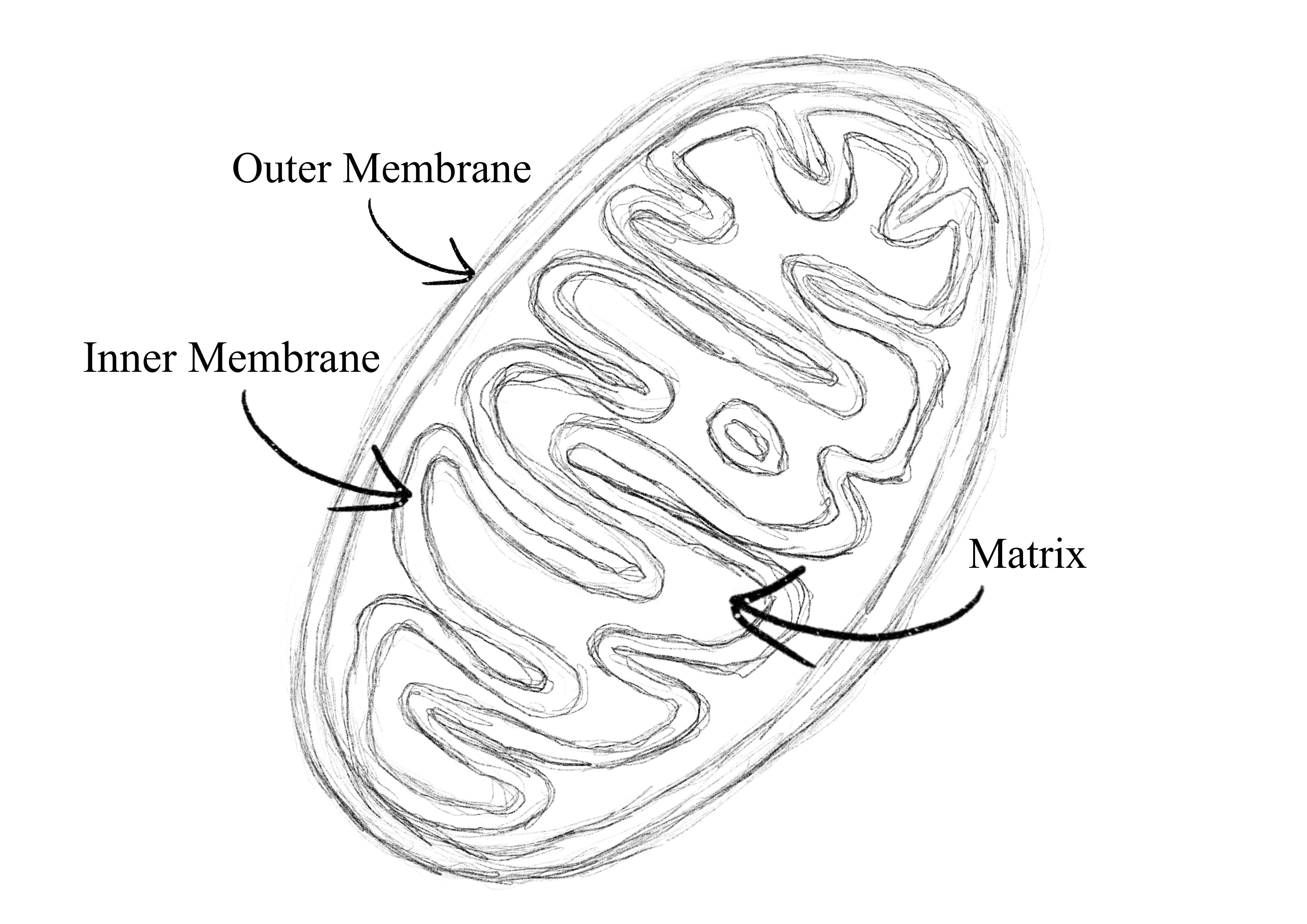What is Mitochondria?
Mitochondria are organelles that live in almost every cell of our bodies. They are essentially little batteries, or, 'The Powerhouse' of the cell. Without them, our cells cannot work properly, and the implications of this can be extremely severe.
They are responsible for breaking down the food that we eat, and the air that we breathe, into the energy that our cells need in order to function correctly.
There are some cells which require more Mitochondria, and these cells are found in organs that use the most energy, such as the brain, the heart, the lungs, the liver and kidneys, and our muscles.
Not only do the Mitochondria produce energy to help us grow, and function correctly, but they also play a vital role in storing calcium for cell signalling, regulating body temperature, and even work to rid the body of cells that are no longer of any use to us. However, dysfunction of the Mitochondria can prevent them from ridding our body of cells that are no longer working, and this can contribute to the development of Cancer. It has also been suggested that Mitochondrial dysfunction has played a role within several diseases, some of which include Alzheimer's Disease, Liver Disease, and Parkinson Disease.

What is Mitochondrial Disease?
Mitochondrial Disease is an umbrella term for a variety of diseases in which the Mitochondria are defective, or dysfunctional. These diseases affect individuals in different ways, and have different implications for different people, depending on which cells are affected.
Mitochondrial Disease can be extremely hard to diagnose, often taking years of investigations, and undergoing both invasive, and non-invasive testing. Sometimes the symptoms present as symptoms from another condition, and this is why it is increasingly difficult to diagnose Mitochondrial Disease.
Any, or many, parts of the body's organs can be affected by Mitochondrial Disease, especially those which require the most energy. These include, as mentioned above, the heart, the brain, the lungs, the liver and kidneys, and our muscles. Our largest organs can house hundreds or thousands of Mitochondria, so the dysfunction of Mitochondria can have very serious implications.
As yet, there is no cure for Mitochondrial Disease.
What does this mean?
Mitochondrial Disease can have a range of symptoms, often mistaken for other conditions. Some of these symptoms may include, vision problems or loss, hearing loss, cognitive issues, seizures, strokes, swallowing difficulties, problems with balance and walking, respiratory issues, severe muscle weakness, severe fatigue, migraines, and problems with growth.
Any, or all, of the body's organs, and functions, can be affected by Mitochondrial Disease. Even the digestive system, resulting in constipation, diarrhoea, reflux and severe vomiting.
So what does this mean for an individual who has Mitochondrial Disease? Well, every person can be affected in a different way, showing some, or all, of the symptoms that are usually associated with Mitochondrial Disease. There may even be more symptoms that arise as time goes on, some leading to further diagnosis of certain conditions, such as Chronic Progressive External Ophthalmoplegia (CPEO).
As Mitochondria are responsible for 90% of the energy created to fuel the body, and sustain organ function, their dysfunction and failure ultimately leads to cell injury, and death, meaning that organs can begin to fail.
Whilst there are various outcomes for someone who has Mitochondrial Disease, these again, are hard to define, with it all depending on what type of Mitochondrial Disease a person is diagnosed with.
Whilst Mitochondrial Disease can be life limiting, and of course in some cases, children may not live past infancy, or teenage years, others, however, may be able to live relatively normal lifestyles. Adults may notice a dramatic, and often debilitating, change in their lifestyle, again, with some facing a life limiting prognosis.
